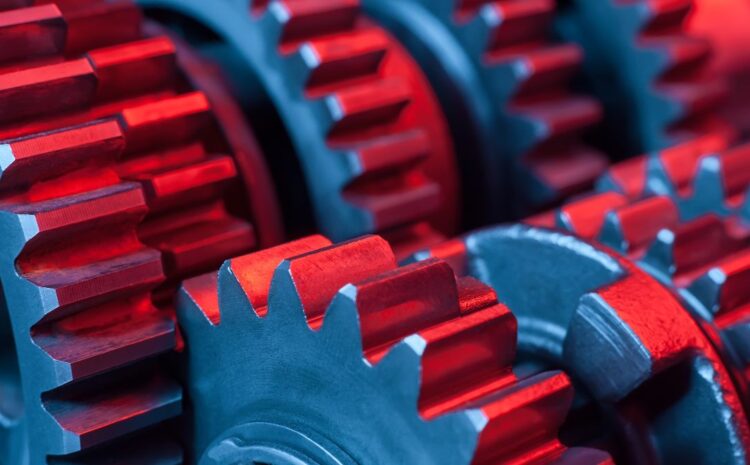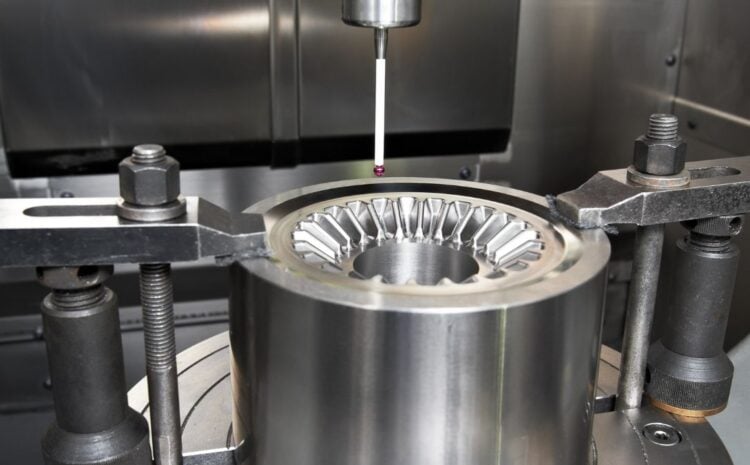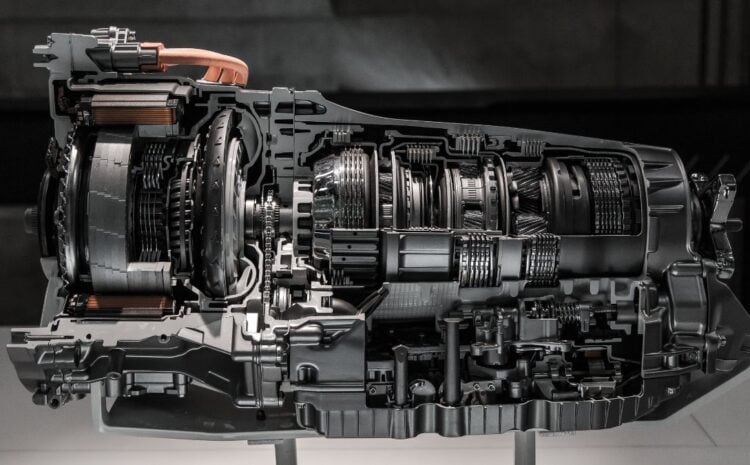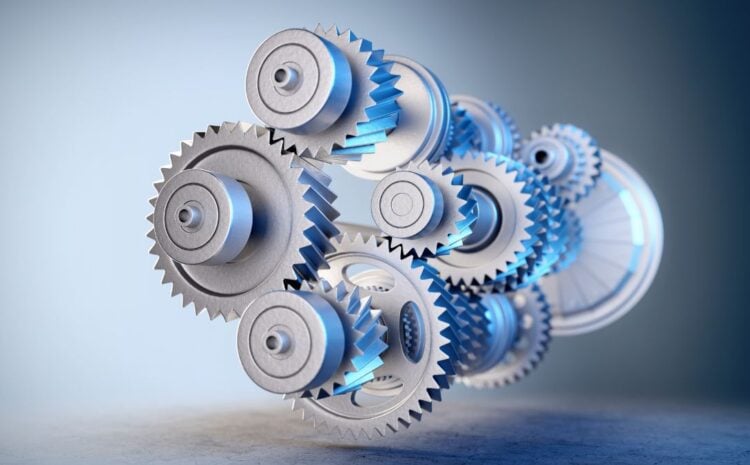Agriculture has played a significant role in human civilization, and the use of machinery has enabled it to advance in modern times. Agricultural equipment is made to increase the productivity and efficiency of farming operations. Gears are one of the essential parts of agricultural machinery because they assist in transferring power from the engine to the functional parts. The various types of agricultural machinery gear and their uses will be discussed in this article.
Types of Agricultural Machinery Gears
In agricultural machinery, a variety of gear types are employed, each with distinct properties and uses.
- Spur Gears – Spur gears are the most common type of gear used in agricultural machinery. They have straight teeth and transfer power between parallel shafts. Spur gears are used in machineries such as harvesters, planters, and cultivators.
- Helical Gears – Helical gears have angled teeth, which makes them more efficient and quieter than spur gears. They are commonly used in tractors and other agricultural machinery that require high power and torque.
- Bevel Gears – Bevel gears are used to transfer power between two shafts that are not parallel. They are used in agricultural machinery such as hay balers and fertilizer spreaders.
- Worm gears are utilized in agricultural equipment that needs a high torque at a slow speed. Both grain elevators and irrigation systems frequently contain them.
- Planetary Gears – Planetary gears consist of a central gear (the sun gear), surrounded by planetary gears that rotate around it. They are used in agricultural machineries such as combine harvesters and sprayers.
Applications of Agricultural Machinery Gears
Agricultural machinery gears are used in a wide range of applications, including:
- Power Transmission – Gears are used to transfer power from the engine to the working components of agricultural machineries, such as plows, cultivators, and seed drills.
- Speed Regulation – Gears are used to control the speed of agricultural machineries, such as tractors and harvesters, to optimize their performance for different tasks.
- Torque Multiplication – Some agricultural machinery, such as hay balers and silage cutters, require high torque to perform their functions. Gears are used to increase the torque output of the engine to meet these requirements.
- Directional Control – Gears are used in agricultural machineries such as irrigation systems and grain elevators to control the direction of movement.
Conclusion
Agricultural machinery gears play a critical role in the efficiency and productivity of farming activities. The type of gear used depends on the application and the requirements of the machinery. Agricultural machinery gears are designed to withstand the harsh operating conditions of agriculture, including dust, dirt, and high loads. Regular maintenance and replacement of worn or damaged gears are essential to ensure the longevity of agricultural machinery and optimize its performance. The continued development of agricultural machinery gear technology is necessary to meet the growing demand for food production and achieve sustainable agriculture.



